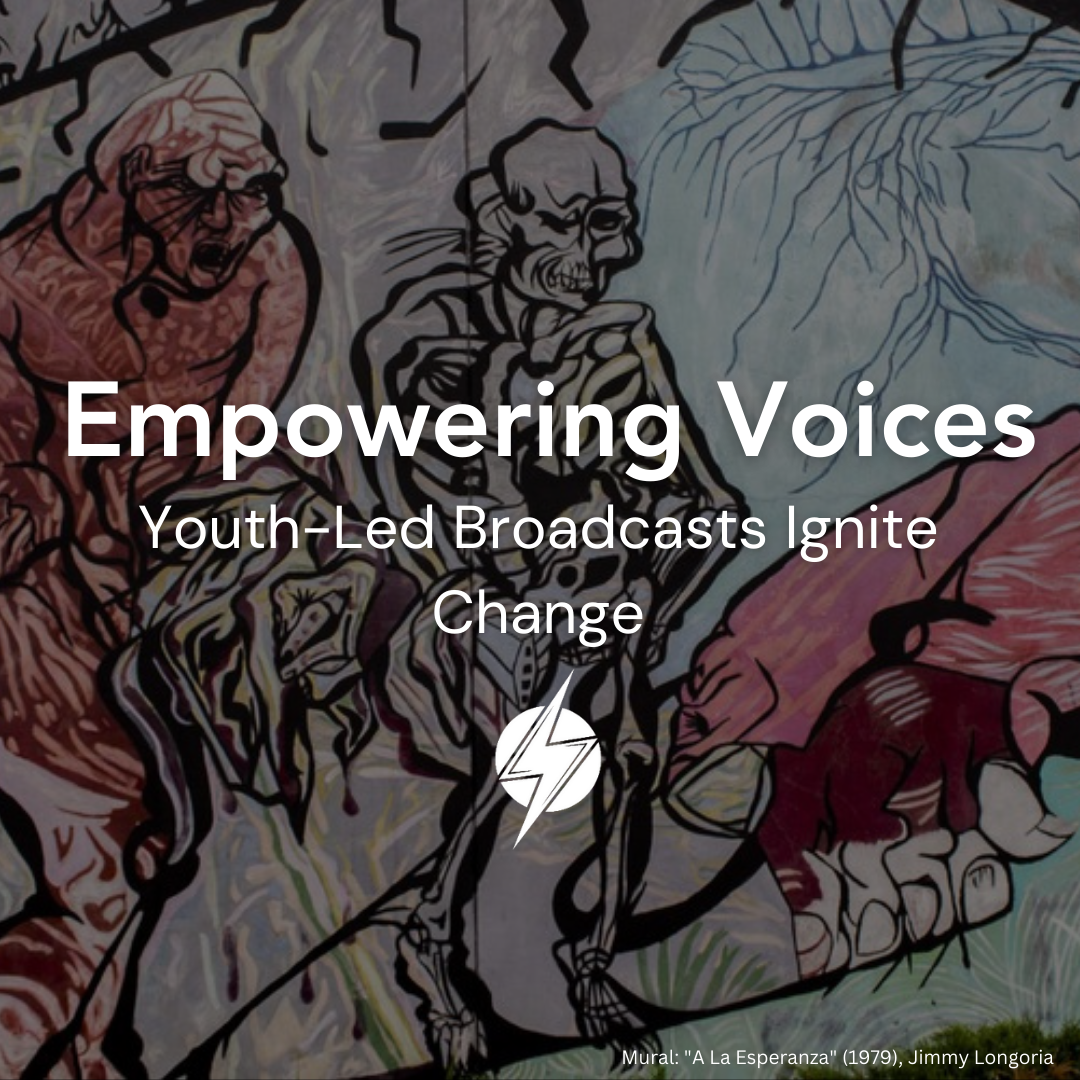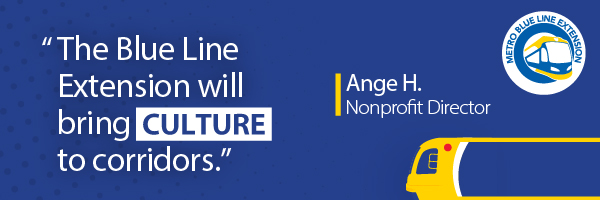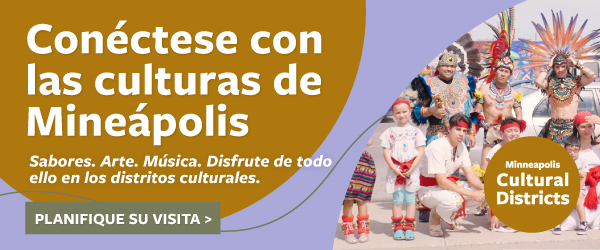This week’s edition covers stories from August 3rd to August 9th, 2023.
Isabella talks National Museum of Mexican Art, Radio Arte, and Diverse Youth-led Broadcasting.
Today’s issue is 730 words, a 5.5-minute read.
Buenos dias readers,
Embarking on a week-long journey through the enchanting streets of Chicago, I immersed myself in a captivating world of art that surpassed the ordinary. While the city’s iconic landmarks possess their own allure, my quest this time was to delve into the very soul of artistic expression. My destination was the National Museum of Mexican Art, a haven of creativity, and the vibrant tapestry of art that surrounds it. Picture this: Pilsen and Yollocalli murals, a treasure map to an urban canvas that breathes life into the streets – an experience I wholeheartedly urge you to undertake. Pilsen, a historically significant neighborhood in Chicago, bears the rich cultural heritage of Mexican immigrants who settled there in the mid-20th century. Beyond its charming streets and vibrant murals, Pilsen stands as a testament to community resilience, celebrating cultural identity and serving as a canvas that illustrates the importance of preserving diverse narratives within the urban landscape.
Within the museum’s walls, a symphony of visual marvels unfolds. From the timeless allure of arte popular to the vivid narratives captured in photography, film, and paintings, each exhibit tells a story that transcends mere aesthetics. However, it is the museum’s profound commitment to preserving Mexican and Mexican-American history that truly sets it apart. In the heart of Chicago, this cultural gem shines a spotlight on the poignant tapestry of the Mexican-American experience, bridging past, present, and future in a captivating dance of colors, textures, and emotions.

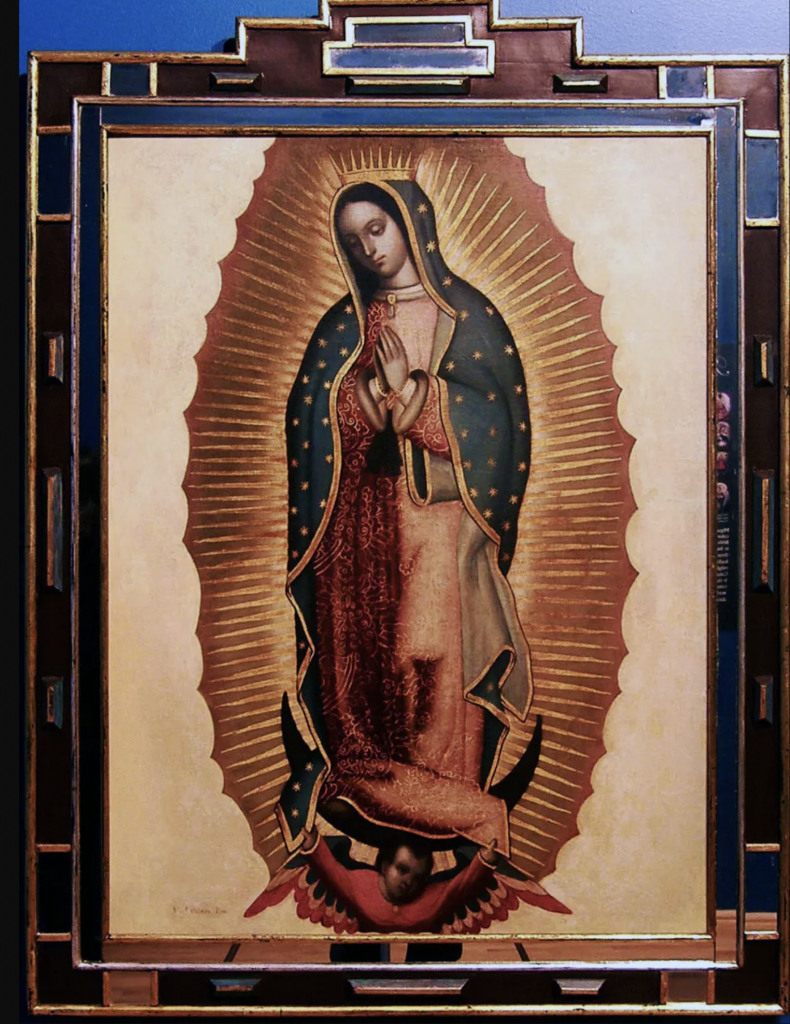
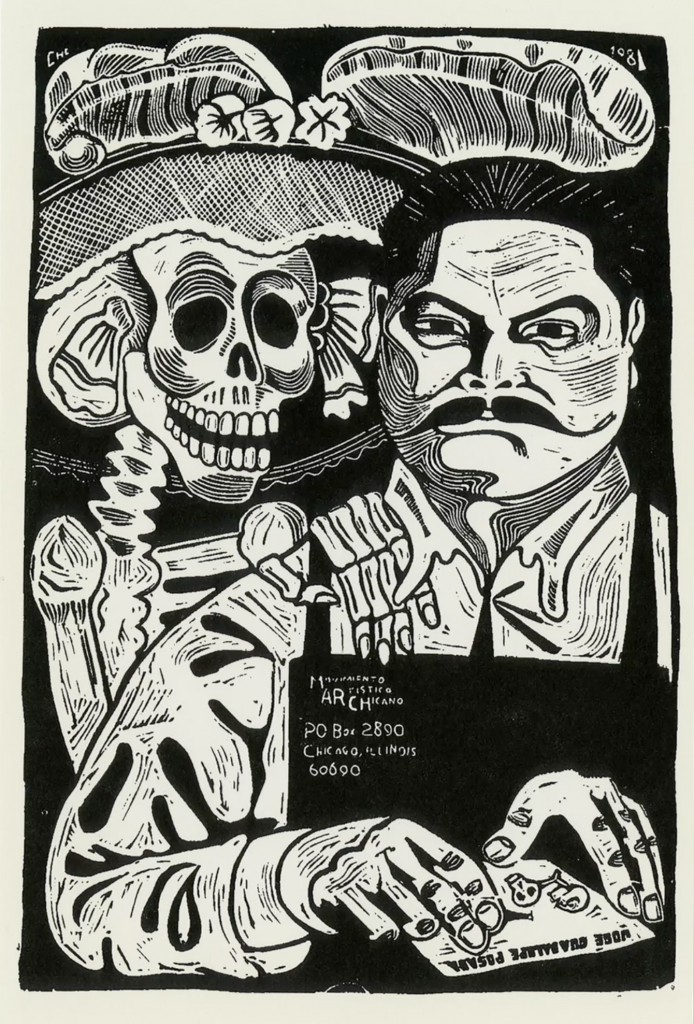
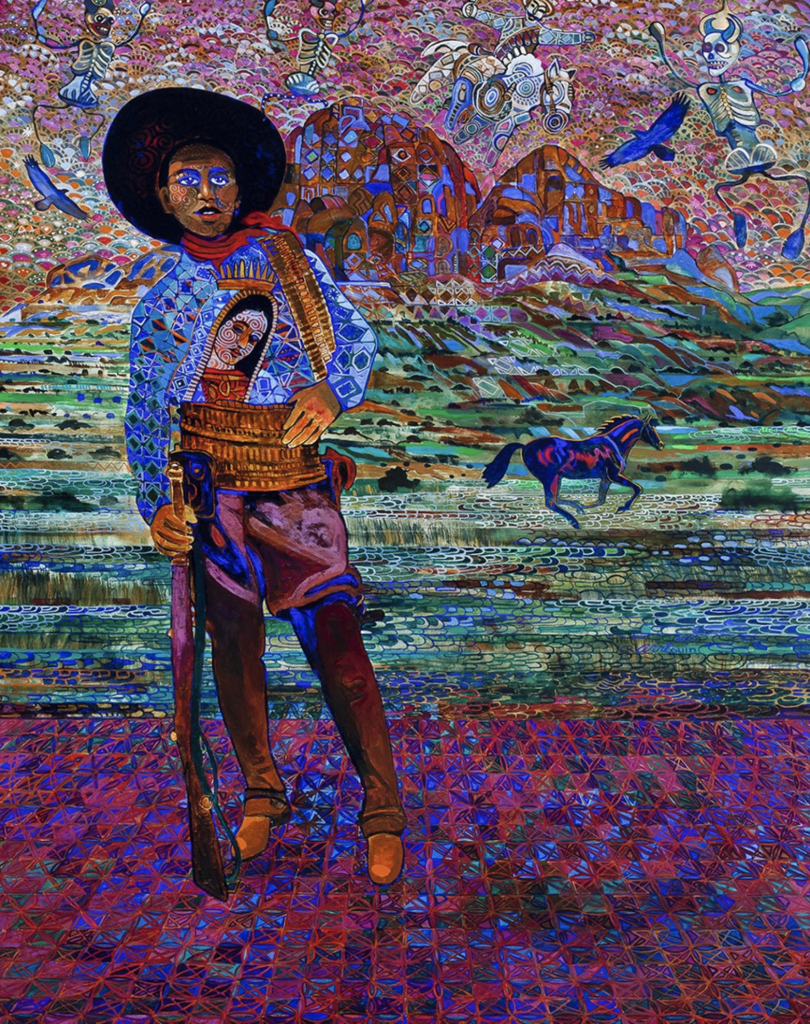
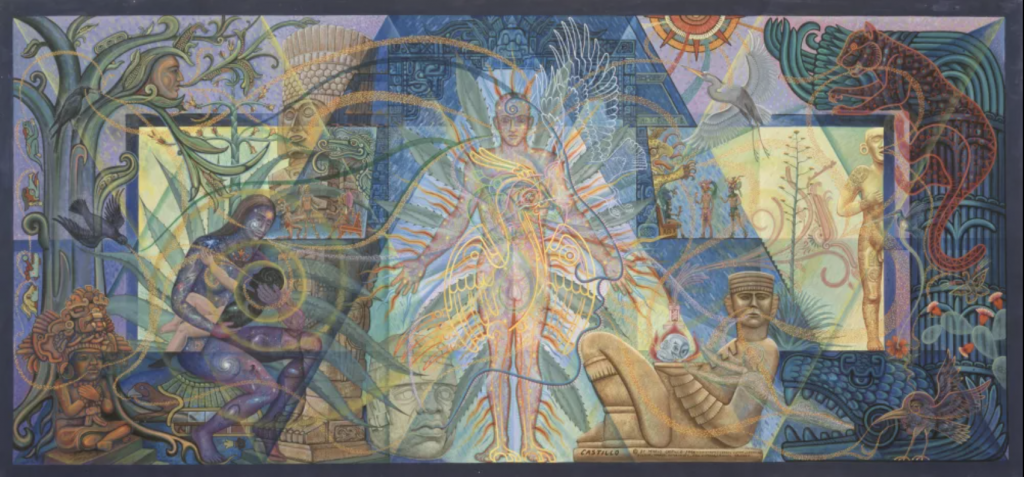
Something that caught my eye at the NMMA was the historia behind the award-winning youth-run bilingual radio station, Radio Arte. Podcasting and streaming began to take over in the 2010s and, eventually, the broadcasting station characterized by its small staff and young people from Little Village and Pilsen stopped airing in 2014. Radio Arte was designed to educate local high school and community college students in radio production, broadcast writing, and a voice technique. They broadcasted 24/7 on the web and spotlighted up-and-coming musicians – I was surprised to see a poster of Argentinian musician Gustavo Cerati, also known from Latin Rock band, Soda Stereo. Yet, beyond the musical charisma, Radio Arte held a compelling focus on matters close to home, zeroing in on local news, immigration concerns, and issues profoundly significant to the Latino community in the area. Additionally, the station extended its reach to touch upon subjects pertaining to the LGBTQ+ community. Jorge Valdivia, the General Manager of Radio Arte, instilled in young minds the importance of maintaining an insatiable curiosity and fearlessly raising one’s voice.
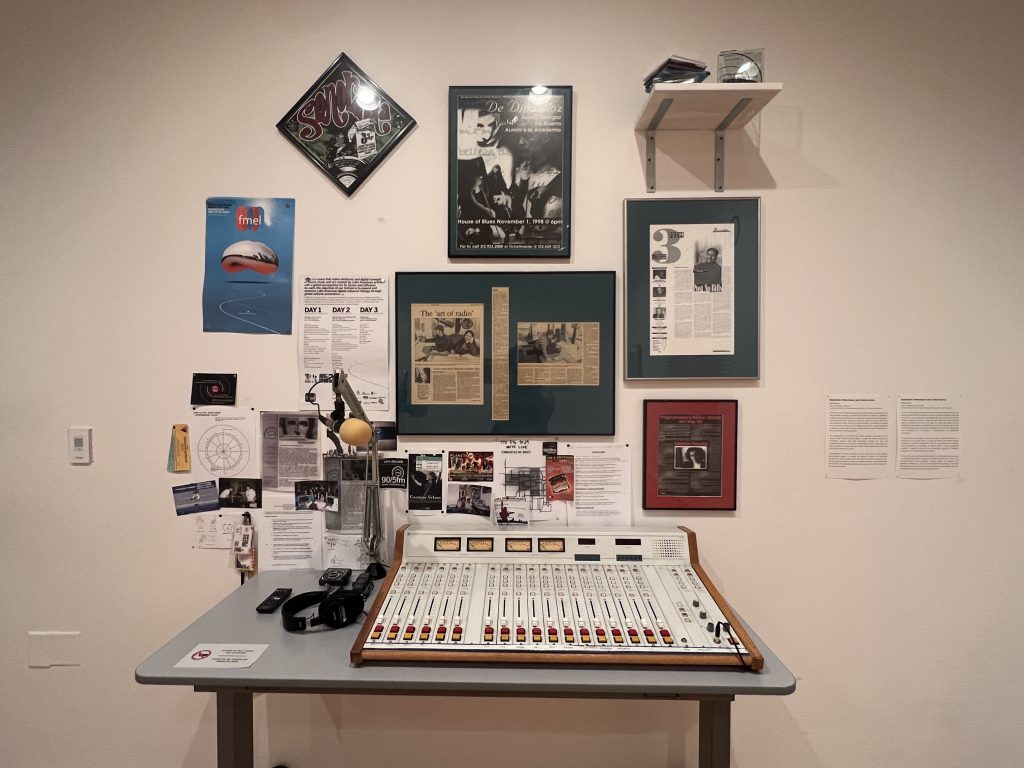
A radio station like Radio Arte was huge for its time. With its origins in the Boys and Girls club and the NMMA. It provided a platform for emerging voices from the Little Village and Pilsen neighborhoods, to cultivate the future generations’ interests while pertaining to local issues rooted in their places of origin.
In the realm of local Minnesota alliances, media coverage, and information dissemination, the active involvement of young individuals in significant matters related to the local immigrant, BIPOC, and LGBTQ+ communities is a rarity. Typically, corporations and establishments assume the role of intermediaries for youthful perspectives and encounters, often falling short in authentically representing the full spectrum and essence of the diverse experiences of young people in the Twin Cities and Minnesota. While there is no need to directly compare and contrast the experiences of first-generation individuals across various neighborhoods within the metropolitan area, this aspect remains a crucial component of the puzzle concerning the self-identity journey that bicultural youth are striving to delineate and delve into.
Here’s a list of some youth broadcasting (and news) in Minnesota:
- KRSM Radio’s “Listen Up Youth Radio” (AwkWeird)
- Minnesota Teen Activists
- MPR’s “Carbon Sound FM”
- UoM’s Radio-K
That’s all for this week’s arts and culture exploration! I encourage our readers to delve into Chicano history, Mexican and Mexican-American art, and share what other broadcasting or news youth-led sources you know.
See you next week, with more writers from our NewPrensa team.
-Isabella
Hit play on the Spotify icon below for NewMusica, a playlist by the NewPrensa team that brings you NewTaste and NewVibes.
Advertisements

I’m a Communications Specialist by day
and learning more about graffiti by night!
Do you enjoy reading NewPrensa?
Forward it to someone you think may enjoy it too!
Got suggestions, feedback, or a good scoop?
Send it to us at newprensa@newpublica.com or message us on instagram @newprensa
If someone sent this newsletter your way, feel free to subscribe to get local, BIPOC news delivered to your inbox every Thursday morning.

